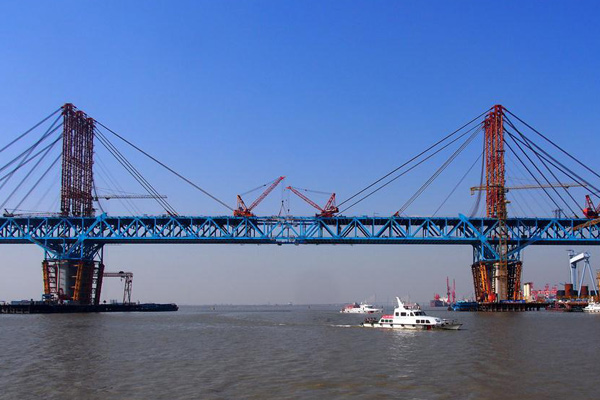Losing weight will be next vehicle advance
(Agencies) Updated: 2013-03-21 18:14The cost savings were made through offsetting an increase in material costs with cuts in labour costs and manufacturing overheads and a mark-up saving.
Weight reductions were met both by downsizing parts and using different materials, such as aluminium or plastic instead of iron or steel.
The weight reductions were mostly in the body system, at 4 percent of the total saving; the suspension system (3.91 percent); the interior (2.45 percent); and the braking system (1.91 percent)
Safety
One common argument against using lighter weight materials is a feared compromise on vehicle safety.
In a parallel study to that of FEV, the engineering arm of lightweight vehicle manufacturer Lotus suggested that there was no such sacrifice, in a report commissioned by the California Air Resources Board and published last August.
The study was titled "Evaluating the Structure and Crashworthiness of a 2020 Model-Year, Mass-Reduced Crossover Vehicle Using FEA Modeling".
It performed car crash simulations to measure the effect of reducing vehicle weight by just over 30 percent, designing a new model based on the 2009 Toyota Venza according to vehicle dimensions, utility objectives, and passenger and interior volume.
"The theoretical study indicates that a low-mass body structure has the potential to meet Federal Motor Vehicle Safety Standards for light duty vehicles for front, side, and rear impacts, roof crush, occupant restraints and several Insurance Institute for Highway Safety requirements," it concluded.
Carbon saving
The International Council on Clean Transportation is an international research firm which supplies technical and scientific analysis to environmental regulators.
It recently applied such mass reduction studies to analyse the cost impact of meeting EU carbon emissions targets by cutting vehicle weight.
ICCT published a study in January which analysed the extra cost for manufacturers to cut carbon dioxide emissions in line with the proposed EU 2020 target (95 grams CO2 per kilometre) compared with a 2010 baseline.
They found that compliance costs under a regulatory system which credited weight reduction, such as a footprint approach, were as much as half as an alternative approach which penalised weight reductions.
"Compliance costs are much lower under a regulatory structure that fully credits the CO2 emission reduction benefits of vehicle mass reduction than under a structure where mass reduction technologies are not fully creditable," it found in its January report.
Such findings suggest that the EU might move faster to base its fuel economy targets on a choice of footprint or weight.
- IEA leader acknowledges China's achievements in clean energy
- Bank of China, Budapest Stock Exchange sign cooperation accord
- Guizhou to close 120 coal mines in 2017
- Rio Tinto sells mines to China's Yancoal
- SUVs, minivans set to scorch Chinese roads
- China's BYD makes UCI first US campus to convert buses to all-electric fleet
- China committed to Asia-Pacific economic integration process: FM spokesperson
- Corporate performance reveals positive changes in Chinese economy

















